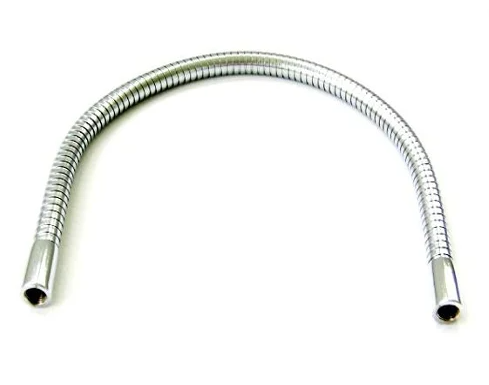The Application of CNC on the Microphone Stand
The Application of CNC on the Microphone Stand
CNC Gooseneck Spring

CNC Gooseneck Spring
The application of CNC on the microphone stand has benefited both manufacturers and consumers. It reduces set up time, enables coiling in large wire diameters and allows Peterson Spring to produce springs quickly and with precision.
Moreover, it can be configured to form different spring types such as Compression spring, Extension spring, Single (double) torsion spring, Tower shaped compression spring, Flat wire spring, Magazine spring and Spiral spring. It also has a wide variety of wire forms and can be customized for each customer’s needs.
Another advantage of CNC is the ability to coil springs with a greater range of shapes and sizes. This is especially beneficial when a spring’s shape or profile is critical to the function of the component.
In addition, the ability to control a coiling process at the machine’s input allows Peterson Spring to ensure that the end product meets its specifications. This helps to avoid potential problems that can arise when the spring is not formed to its intended specification.
This is because the spring’s shape and size are a significant factor in its behavior when it’s loaded. If a spring’s shape and size are improperly chosen, the spring may not have sufficient force to hold the component in place under load.
Additionally, it’s possible for the spring to be twisted too much and damage the part. This is especially true if the spring is used in a very tight space, such as in a car interior.
Finally, a spring can also be damaged by vibrations from the connection. If the connection uses a metal plate, it is important that the spring’s shape and size are not too close to the metal surface so that it doesn’t cause vibrations to spread throughout the connected part.
Ideally, the outer diameter-inner diameter ratio of a spring should lie between 1.7 and 4.25. In addition, the free cone height thickness of a spring should be between 0 and 2.5. This is because the elasticity of the spring depends on its size and ratios of these two properties.

 CNC Gooseneck Spring
CNC Gooseneck Spring


 motor parts
motor parts